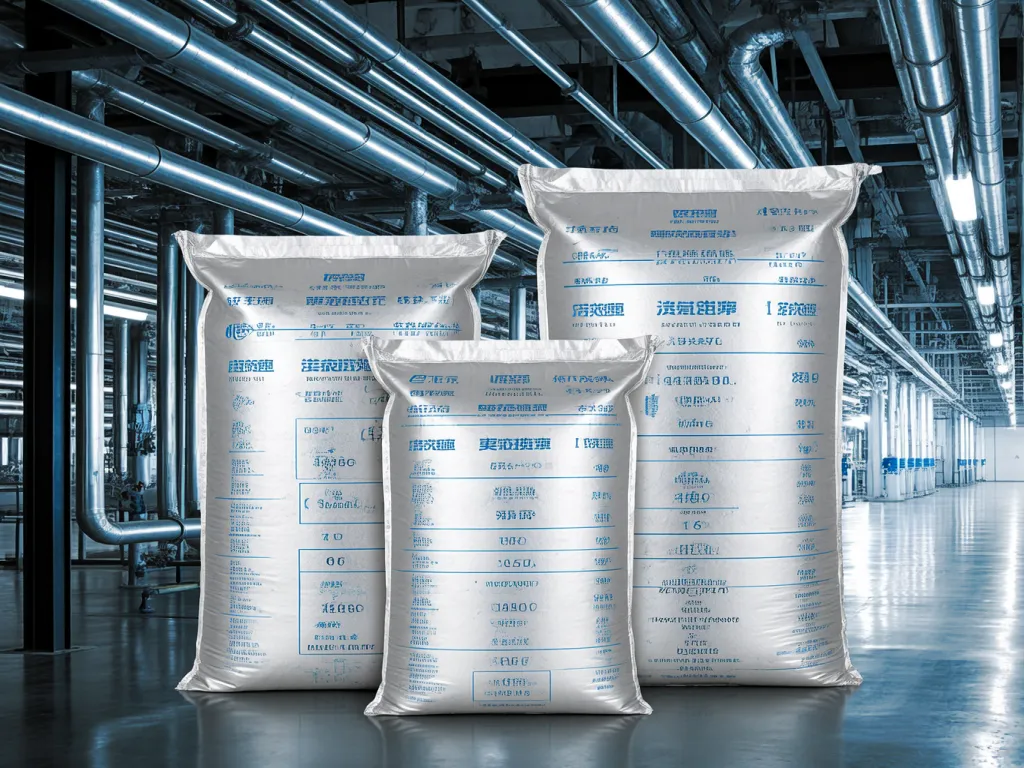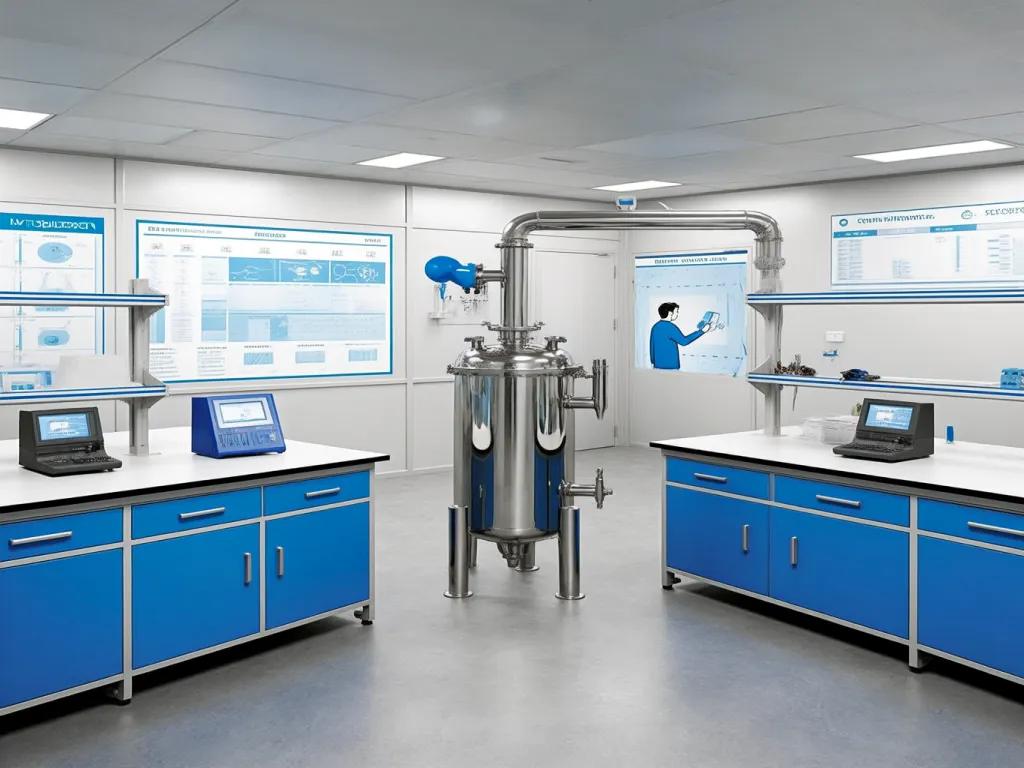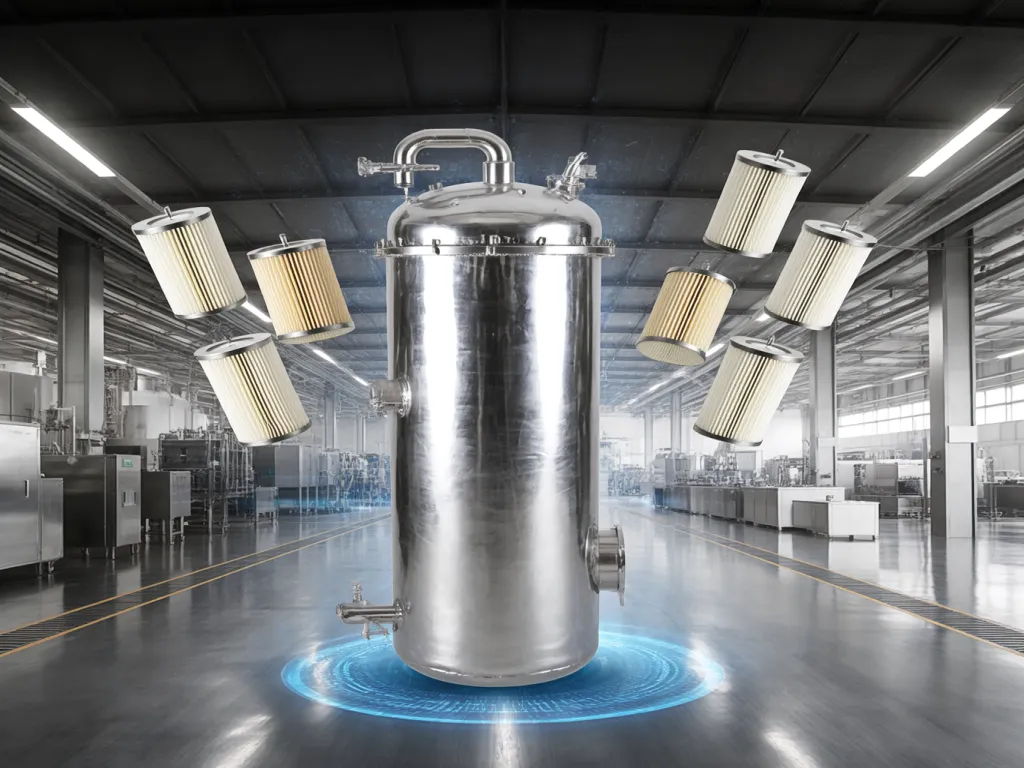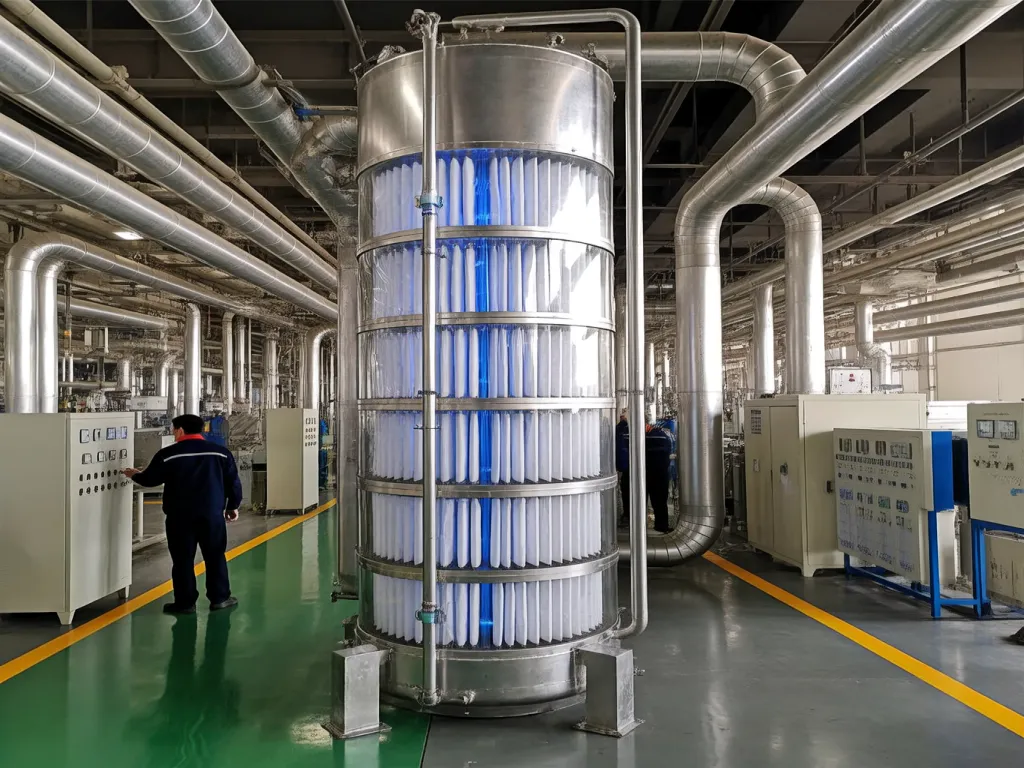Size Matters: Bag Filter Housing Sizes Guide

When it comes to industrial filtration, the size of your bag filter housing can make or break your system’s efficiency. This bag filter housing sizes guide is your go-to resource for understanding how different dimensions impact performance across various industrial settings. Are you using the right size for your specific application, or could you be missing out on optimal filtration?

Compact Efficiency: Advantages of Small Bag Filter Housing in Low-Flow, Space-Constrained Environments
When it comes to industrial filtration, size isn’t always about grandeur. In scenarios where flow rates are modest and space is at a premium, small bag filter housing emerge as the unsung heroes. Let’s dive into why these compact units are the go-to choice for such environments and explore their diverse applications.
First off, the efficiency of small bag filter housing in low-flow settings is unparalleled.
Unlike their larger counterparts, which are designed to handle high volumes of fluid or gas, small bag filters are optimized for precision. They excel in scenarios where the goal is to remove contaminants from a relatively small volume of material with high accuracy. This is particularly crucial in industries like pharmaceuticals or food processing, where even minute impurities can compromise product quality.
But what about space constraints?
Well, that’s where small bag filter housing truly shine. Their compact design allows them to fit into tight spaces, making them ideal for retrofitting into existing systems or for use in areas where floor space is a luxury. Imagine a laboratory setting where every square inch counts, or a manufacturing plant with limited room for expansion. In these scenarios, a small bag filter housing can provide the necessary filtration without disrupting the workflow or requiring extensive modifications to the infrastructure.
Now, let’s talk about the cost-effectiveness.
Small bag filter housing are not only space-efficient but also cost-efficient. They require less material to manufacture, resulting in lower upfront costs. Additionally, their maintenance is often simpler and less expensive, as the smaller size means fewer parts to replace and less downtime during servicing. This translates to significant savings over the lifespan of the filter, making it an attractive option for budget-conscious businesses. For instance, choosing high-quality PTFE filter bags compatible with small bag filter housing can further enhance cost-effectiveness and filtration performance.
But how do you know if a small bag filter housing is the right fit for your application?
Well, consider the flow rate of your system. If it’s on the lower end of the spectrum, say below 100 gallons per minute, then a small bag filter is likely a good match. Also, assess the available space. If you’re working with a confined area, a compact filter housing can be a game-changer. And don’t forget about the nature of the contaminants. Small bag filters are particularly effective at capturing fine particles, making them suitable for applications where purity is paramount. For example, durable PTFE star bottom filter bags are often used in small bag filter housing to ensure efficient fine particle capture.
In terms of real-world applications, small bag filter housing are used in a wide range of industries.
In the automotive sector, they’re employed to filter out tiny metal shavings and other debris from lubricants and coolants. In the electronics industry, they help maintain the cleanliness of solvents used in the manufacturing process. And in the beverage industry, they ensure that the final product is free from unwanted impurities, preserving its taste and quality.
So, if you’re operating in a low-flow, space-constrained environment, don’t overlook the power of small bag filter housing.
They offer a blend of efficiency, cost-effectiveness, and versatility that’s hard to beat. Plus, with their compact size, they can seamlessly integrate into your existing setup, providing reliable filtration without the need for extensive modifications. Isn’t it time you considered the compact solution for your filtration needs?

Medium-Sized Bag Filter Housing: Balancing Efficiency and Cost in Moderate Flow Applications
When it comes to industrial filtration, finding the sweet spot between performance and affordability is crucial. That’s where medium-sized bag filter housing truly shines. Let’s unpack why these mid-range options often provide the best value proposition for facilities handling moderate flow rates.
First, let’s talk efficiency. Medium-sized bag filter housing (typically ranging from 12″ to 24″ in diameter) offers excellent filtration surface area without the space requirements of larger systems. This size range typically accommodates 3-6 filter bags, providing sufficient surface area to handle flow rates between 50-200 GPM (gallons per minute) effectively. What makes this particularly appealing is that you’re getting comparable filtration quality to larger systems without paying for excess capacity you might not need.
From a cost perspective, medium-sized units represent significant savings compared to their larger counterparts. The initial purchase price is lower, and operational costs remain manageable. Maintenance becomes more straightforward too – replacing 3-6 bags is far less time-consuming than dealing with 12+ bags in a large system. And here’s a pro tip: many medium-sized housings are designed with quick-open covers, making bag changes a breeze that even new technicians can handle efficiently.
Now, let’s dive into real-world applications where these units excel. Food and beverage processing plants handling moderate volumes of liquids (think dairy processing or brewing operations) find medium-sized housings perfect for their needs. Chemical manufacturing facilities dealing with intermediate flow rates of corrosive liquids also benefit greatly. Even in water treatment applications for medium-sized municipalities, these units strike an ideal balance.
One often overlooked advantage is flexibility. Many medium-sized bag filter housing are designed with multiple port configurations, allowing easy integration into existing piping systems. This modularity means you can start with a basic setup and expand as your production needs grow, without needing entirely new filtration systems.
But how do you know if medium-sized is right for you? Consider your average flow rate first. If you’re consistently in the 50-200 GPM range, you’re in the sweet spot. Then evaluate your space constraints – medium units offer excellent filtration without requiring the floor space of larger systems. Finally, factor in your maintenance capabilities – do you have staff who can handle regular bag changes, or would a larger system with longer intervals between changes make more sense?
Let me ask you this: Have you ever experienced filtration bottlenecks during peak production periods? Or perhaps you’re replacing filters too frequently in your current setup? These are exactly the scenarios where a well-sized medium bag filter housing can make a dramatic difference in both efficiency and operating costs.
Cost-Benefit Analysis: Medium vs. Large Systems
When comparing medium to large bag filter housing, the cost differences become apparent quickly. A medium system might cost 40-60% less upfront than a comparable large system, with similar savings in installation costs. Over a 5-year period, considering maintenance, replacement bags, and potential downtime, the total cost of ownership for a medium system often proves significantly lower for moderate flow applications. The key is matching system capacity precisely to your needs – over-specifying leads to wasted capacity, while under-specifying causes frequent maintenance and reduced efficiency.
Industry-Specific Applications
Different industries leverage medium-sized bag filter housing in unique ways. In pharmaceutical manufacturing, these systems provide the purity required for intermediate product filtration without the contamination risks of larger, more complex systems. The automotive industry uses them for coolant and paint filtration, where moderate flow rates are common. Even in power generation, medium-sized units effectively filter lubrication oils and process waters. Each application demonstrates how this size range adapts beautifully to specific industry requirements while maintaining cost efficiency.

Large Bag Filter Housing: Performance & Layout Optimization
When it comes to industrial filtration systems, especially in scenarios demanding high flow rates and extensive filtration areas, large bag filter housings emerge as the unsung heroes. Unlike their smaller counterparts, which excel in low-flow, space-constrained environments, large bag filter housings are designed to handle substantial volumes of fluids or gases, ensuring efficient separation and purification. Let’s dive into why these behemoths are indispensable in certain industrial settings and how optimizing their layout can skyrocket your overall filtration efficiency.
First off, the sheer size of a large bag filter housing allows for a greater surface area of filter media. This means more particles can be captured per pass, significantly enhancing the filtration capacity. Imagine trying to filter a large swimming pool with a small net versus a large one; the difference in efficiency is night and day. Similarly, in industrial processes where vast quantities of liquids or gases need purification, a large bag filter housing ensures that the job gets done quickly and thoroughly.
But size alone isn’t enough. The real magic happens when you optimize the layout of these large filter housings. Proper placement and configuration can minimize pressure drops, reduce energy consumption, and extend the lifespan of the filter bags. How, you ask? Well, it starts with understanding the flow dynamics of your specific application. Are you dealing with a turbulent flow that could cause uneven wear on the filter bags? Or perhaps a laminar flow that could benefit from a more streamlined housing design? For further insights into optimizing flow dynamics in filtration systems, you may refer to relevant engineering resources or industry studies.
One effective strategy is to implement a multi-chamber layout. By dividing the large housing into smaller, interconnected chambers, you can control the flow rate through each section, ensuring even distribution and preventing any single area from becoming overloaded. This not only improves filtration efficiency but also makes maintenance easier, as you can isolate and replace filter bags in specific chambers without shutting down the entire system.
Another key consideration is the inlet and outlet design. A well-designed large bag filter housing will have optimized inlet and outlet ports that minimize turbulence and pressure drops. This ensures a smooth flow of fluids or gases through the filter media, maximizing contact time and improving capture rates. Additionally, incorporating features like diffusers or baffles can further enhance flow distribution, ensuring that every inch of filter media is utilized effectively.
Now, you might be wondering, ‘But won’t all this optimization come at a hefty cost?’ Surprisingly, no. While the initial investment in a large bag filter housing might be higher than smaller alternatives, the long-term savings in terms of reduced energy consumption, extended filter bag life, and minimized downtime for maintenance far outweigh the upfront costs. Plus, the enhanced filtration efficiency can lead to improved product quality, reduced waste, and even compliance with stricter environmental regulations – all of which contribute to a healthier bottom line.
So, if you’re operating in an industry that demands high-volume, high-efficiency filtration, it’s time to give large bag filter housings the attention they deserve. By understanding their unique advantages and implementing strategic layout optimizations, you can unlock a new level of filtration performance that will keep your operations running smoothly and efficiently for years to come.
Multi-Chamber Layout Advantages
One of the standout features of large bag filter housings is their adaptability to multi-chamber configurations. This design approach allows for precise control over the flow rate through each chamber, ensuring that no single section bears the brunt of the filtration load. By evenly distributing the flow, you can prevent premature wear and tear on the filter bags, thereby extending their service life. Moreover, in the event that a filter bag needs replacement, you can isolate the affected chamber without disrupting the entire filtration process. This level of flexibility is invaluable in industries where continuous operation is critical.
Optimizing Inlet & Outlet Design
The efficiency of a large bag filter housing is heavily influenced by its inlet and outlet design. A poorly designed housing can lead to turbulent flows, causing uneven wear on the filter bags and reducing overall filtration efficiency. To combat this, manufacturers incorporate features like diffusers and baffles that help to smooth out the flow, ensuring that it enters and exits the housing in a controlled manner. This not only maximizes contact time with the filter media but also minimizes pressure drops, which can save energy and reduce operating costs. When selecting a large bag filter housing, pay close attention to these design elements to ensure optimal performance.
Choosing the right bag filter housing size is crucial for maximizing filtration efficiency and cost-effectiveness. From compact units ideal for space-constrained environments to large-scale systems designed for high-volume processing, this bag filter housing sizes guide has equipped you with the knowledge to make informed decisions. Reflect on your current setup—could a different size unlock better performance? If you’re still unsure, our team of experts is just a click away, ready to help you refine your filtration strategy. What will be your next move in optimizing your industrial filtration?

